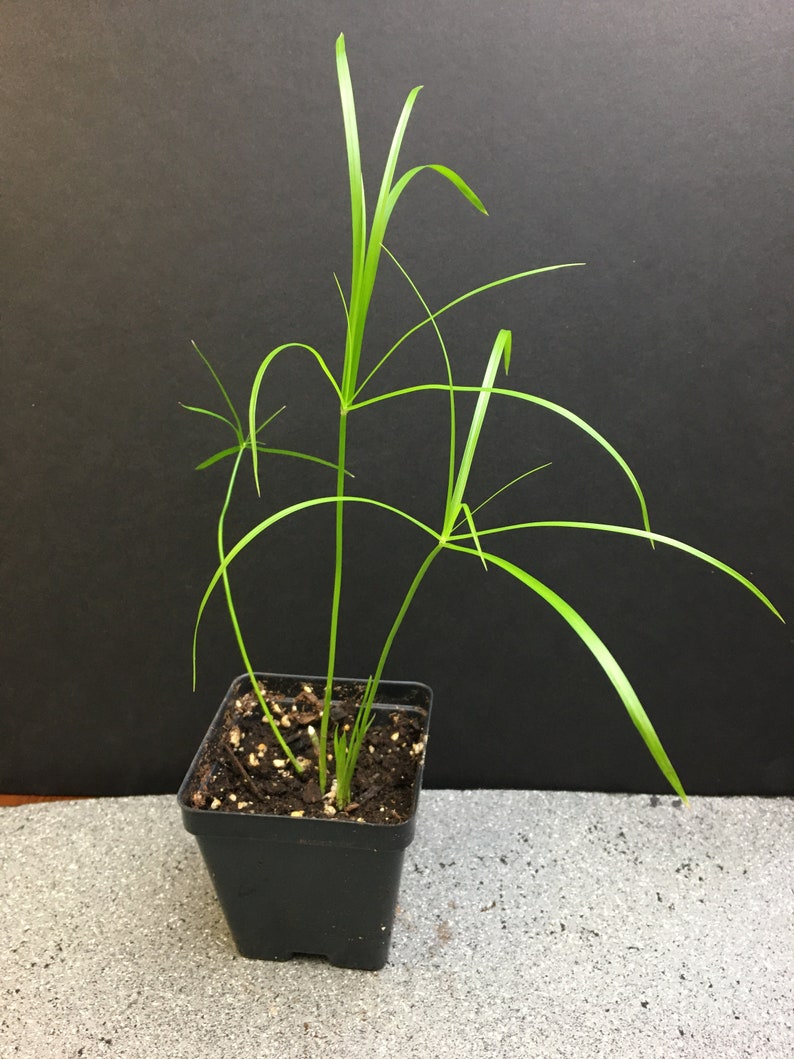

"Effects of food plant on phenotypic plasticity in the tropical butterfly Bicyclus anynana". : CS1 maint: multiple names: authors list ( link) Catalogue of the Vascular Plants of Madagascar. Mexico City: Universidad Nacional Autónoma de México. Magnoliophyta: Commelinidae (in part): Cyperaceae. In Flora of North Americaial Committee (ed.). "Nomenclature and typification of names of genera and subdivisions of genera in Cypereae (Cyperaceae): 1.

C. giganteus, locally known as cañita, is used by the Yokot'an Maya of Tabasco, Mexico, for weaving petates (sleeping mats) and sombreros. Papyrus sedge ( C. papyrus) of Africa was of major historical importance in providing papyrus. Several fossil fruits of † Cyperus distachyoformis have been extracted from borehole samples of the Middle Miocene fresh water deposits in Nowy Sacz Basin, West Carpathians, Poland. Many fossil fruits of a Cyperus species have been described from middle Miocene strata of the Fasterholt area near Silkeborg in Central Jutland, Denmark. Some tuber-bearing species on the other hand, most significantly the purple nutsedge, C. rotundus, are considered invasive weeds in much of the world.Īround 700 species are currently recognised in the genus Cyperus. hadidii, is also very rare today due to draining of its wetland habitat feared extinct in the mid-20th century, it is still found at a few sites in the Wadi El Natrun region and northern Sudan. The "true" papyrus sedge of Ancient Egypt, C. papyrus subsp. The seeds and tubers are an important food for many small birds and mammals.Ĭyperus microcristatus (from Cameroon) and C. multifolius (native to Panama and Ecuador) are possibly extinct the former was only found once, in 1995, and the latter has not been seen in the last 200 years. They also provide an alternative food source for Bicyclus anynana larvae. Ecology Ĭyperus species are eaten by the larvae of some Lepidoptera species, including Chedra microstigma. The flowers are greenish and wind-pollinated they are produced in clusters among the apical leaves. The stems are circular in cross-section in some, triangular in others, usually leafless for most of their length, with the slender grass-like leaves at the base of the plant, and in a whorl at the apex of the flowering stems. Common names include papyrus sedges, flatsedges, nutsedges, umbrella-sedges and galingales. The species vary greatly in size, with small species only 5 cm tall, while others can reach 5 m in height. They are annual or perennial plants, mostly aquatic and growing in still or slow-moving water up to 0.5 m deep. illeg., non Scop.Ĭyperus is a large genus of about 700 species of sedges, distributed throughout all continents in both tropical and temperate regions. Dwarf umbrella-sedge, Cyperus albostriatus


 0 kommentar(er)
0 kommentar(er)
